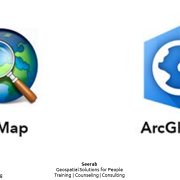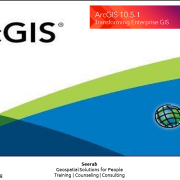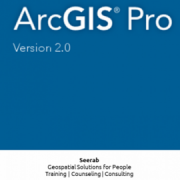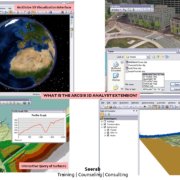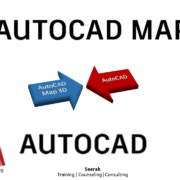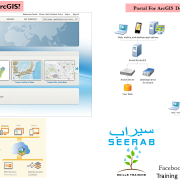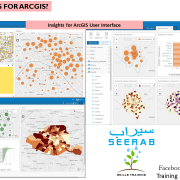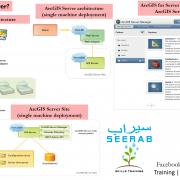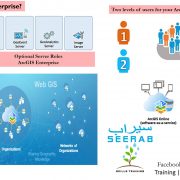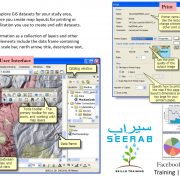ArcMap will be replaced by ArcGIS Pro
In the questions and answers session of Esri UC 2017 Q & A, there has been concern about the future of ArcMap. Because Esri’s new generation desktop GIS product is ArcGIS Pro. It is advancing by leaps and bounds and technologically advanced to any other product on the market, this powerful application provides professional mapping functions, advanced analysis and data management.
In addition, developed in a 64-bit architecture, to enjoy and explore the new advantages and features that migrate to ArcGIS Pro is required to log in with an account subscribed to ArcGIS Online. Then the million dollar question would be:
Will ArcMap be replaced with ArcGIS Pro?
Yes. ArcGIS Pro will eventually replace ArcMap. We will continue to support and maintain ArcMap. However, our focus is on making ArcGIS Pro the world’s best desktop GIS. There are still some capabilities of ArcMap that are not yet in ArcGIS Pro, so some ArcGIS Desktop users will be using both ArcGIS Pro and ArcMap till Pro has everything you need to fully support your work.
This response has been published in Esri UC 2017 Q&A, although there will be a whole process of accompaniment in the migration, but sadly the life of ArcMap with technical support is scheduled until 2022.
Although after that time I think there will be a lot of users who keep using ArcMap, simply because if it works well and you are comfortable there would be no reason to change. This has happened with some users who are still reluctant to abandon ArcView 3.
We only have to wait for the future how ArcMap lovers will react, I think it is good to adapt to changes and explore new opportunities, each one is free to make a decision, but living from the past is not always the best option.

